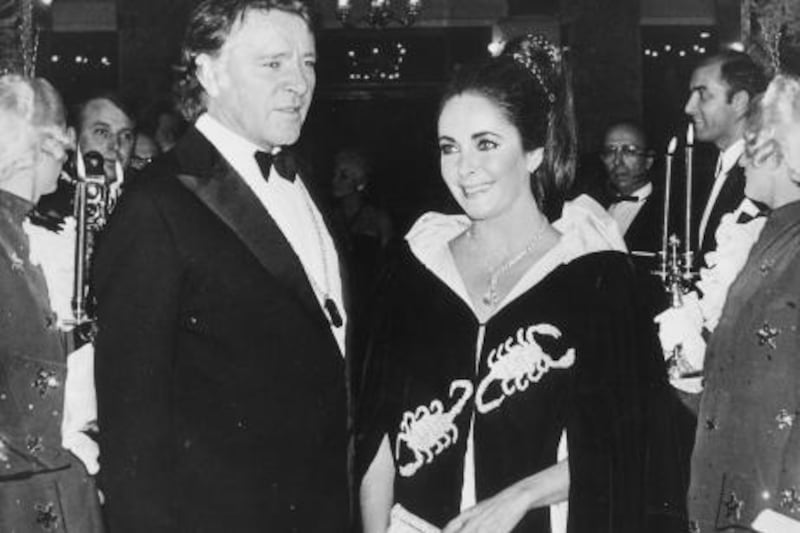When was the last time you received a hand written letter in the post? A letter that somebody had taken time to craft, rather than a statement or a bill?
It's a sad fact of the 21st century that e-mails and posts on Facebook walls have overtaken pen and paper as the most popular way to communicate our greatest desires or deepest sorrows. Letter writing has become oddly special and quaint, rather than an everyday activity.
Perhaps that's why there's so much excitement surrounding an auction of 66 love letters from a 17-year-old Elizabeth Taylor next month.
They're a window into the world of a precocious teenager who would go on to become a major Hollywood star - and somebody will no doubt be prepared to pay top dollar to own them. It's a state of affairs that's unlikely to be repeated if, in 60 years time, Miley Cyrus's estate hands over her e-mail password and hard drive to an auction house.
Taylor's letters are, interestingly, incredibly sweet. "I've never known this kind of love before - it's so perfect and complete - and mature," she wrote to her first fiancé, William Pawley (never mind that she was engaged to him for less than a year). "I've never loved anyone in my life before one third as much as I love you - and I never will (well, as far as that goes - I'll never love anyone else - period)."
As she went on to marry eight times, we'll blame the impetuousness of youth for that last comment. But these first letters - some written on pink notepaper - are also interesting because they reveal struggles with her weight, her relationship with her dominant mother and about the Hollywood studio system. There's something rather slightly distasteful about RR Auctions selling them so soon after Taylor's death, on March 23, and proclaiming on its website that this is "a once in a lifetime chance to own a piece of the most beautiful girl in the world's heart, gracefully penned on paper". But they will sell because we do like to read a good love letter.
Or, to be precise, collectors do. Just last week, a romantic paen from the poet John Keats to his fiancée Frances Brawne sold for a staggering (and record-breaking) £96,000 (Dh570,000) at auction. The last of his 30 love letters remaining in private hands was bought by the Keats House museum in London, so happily everyone will be now able to read the line "I shall Kiss your name and mine where your Lips have been" in the hope that perhaps, one day, their paramour might send them something similarly beautiful.
But why are such letters so sought after? It's surely because their writers didn't intend them to be seen by a wide audience - and therefore, in reading them, history's famous people come truly alive.
As the chairman of the Keats House management committee, Michael Welbank, said in a statement: "This letter will help visitors from home and abroad to gain an even deeper understanding of Keats's life, and the passions that drove him to produce such wonderful work."
It's not just love letters that can provide such insights. Last month, six of the Polish composer and pianist Frederic Chopin's letters, presumed lost during the Second World War, were finally put on display to the public at the new Chopin museum in Warsaw. Written to his family in the mid 19th century, they are about everything from the music lessons he gave to the hot chocolate he drank. The letters reveal a rather charming normality - at odds with the image of Chopin as a complicated, physically weak and conflicted genius. He was all of those things, too, but the letters give him a humanity.
But the most bizarre letters uncovered this year come from the pen of JD Salinger. The author of Catcher in the Rye was widely known as a recluse, so any tidbits about the way he lived are bound to whet the appetites of the literary set. And the 50 letters and four postcards he wrote to his friend Donald Hartog, made publicly available by the University Of East Anglia in England in January, were typically obtuse. They reveal a man who liked Burger King rather than McDonald's, enjoyed the music of the Three Tenors and, oddest of all, was a big fan of the English tennis player Tim Henman.
Imagine if Salinger had grown up with social networking and posted: "JD Salinger likes Tim Henman". We probably wouldn't be writing about it in five days time, let alone five decades. But with a simple letter, Salinger's tennis interest has been immortalised. That's why, in the end, letter writing is important.
* Ben East





